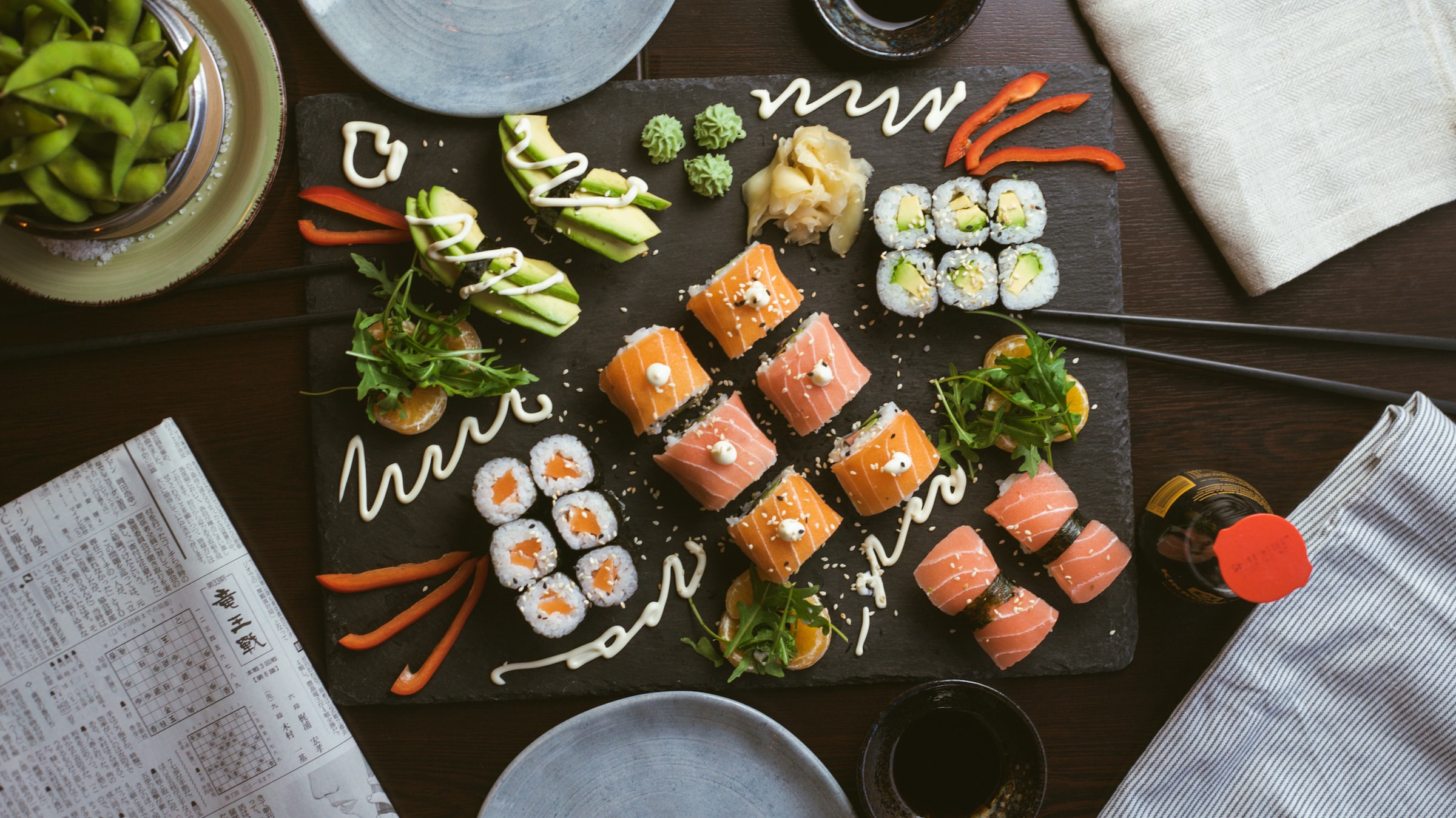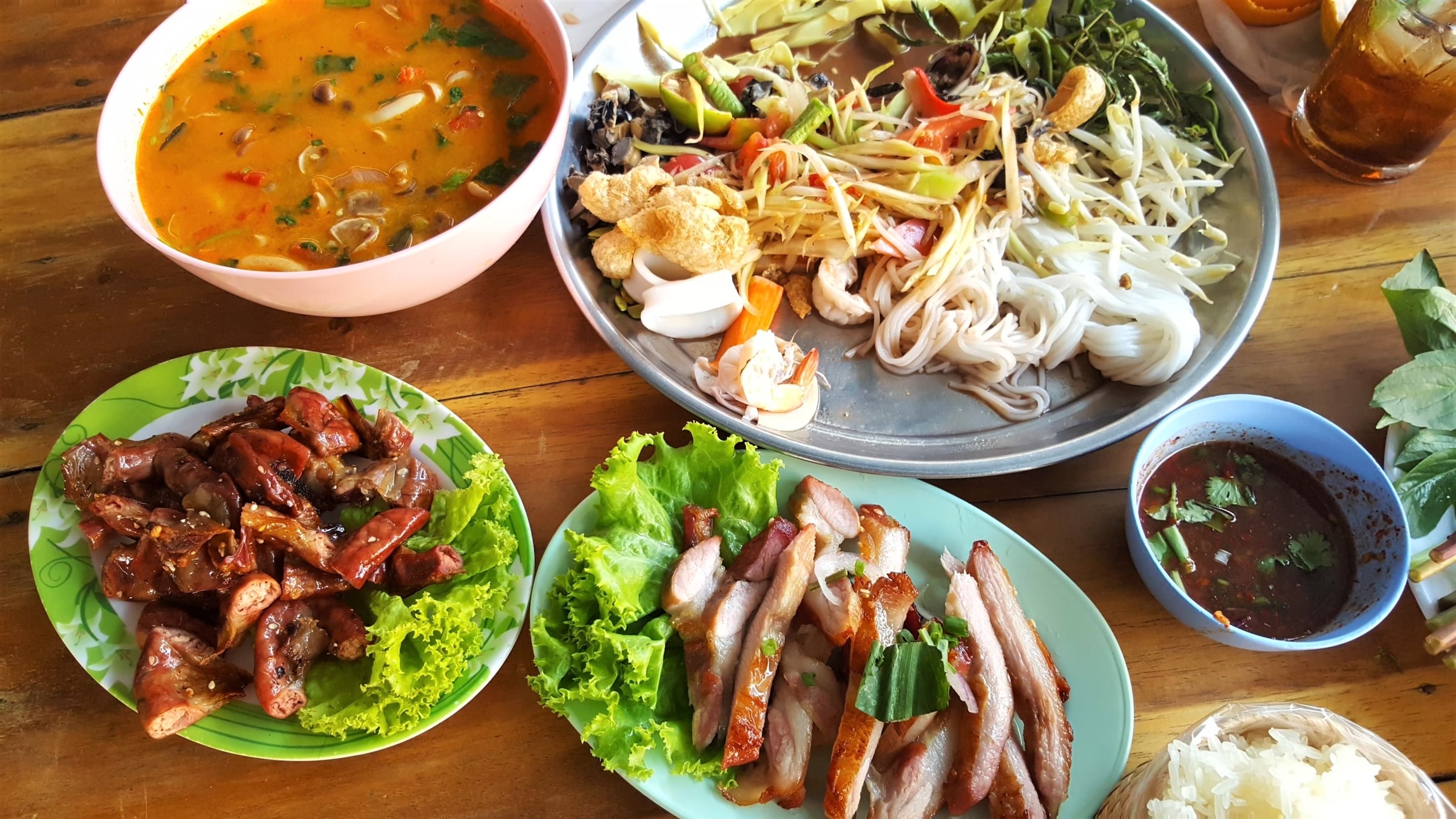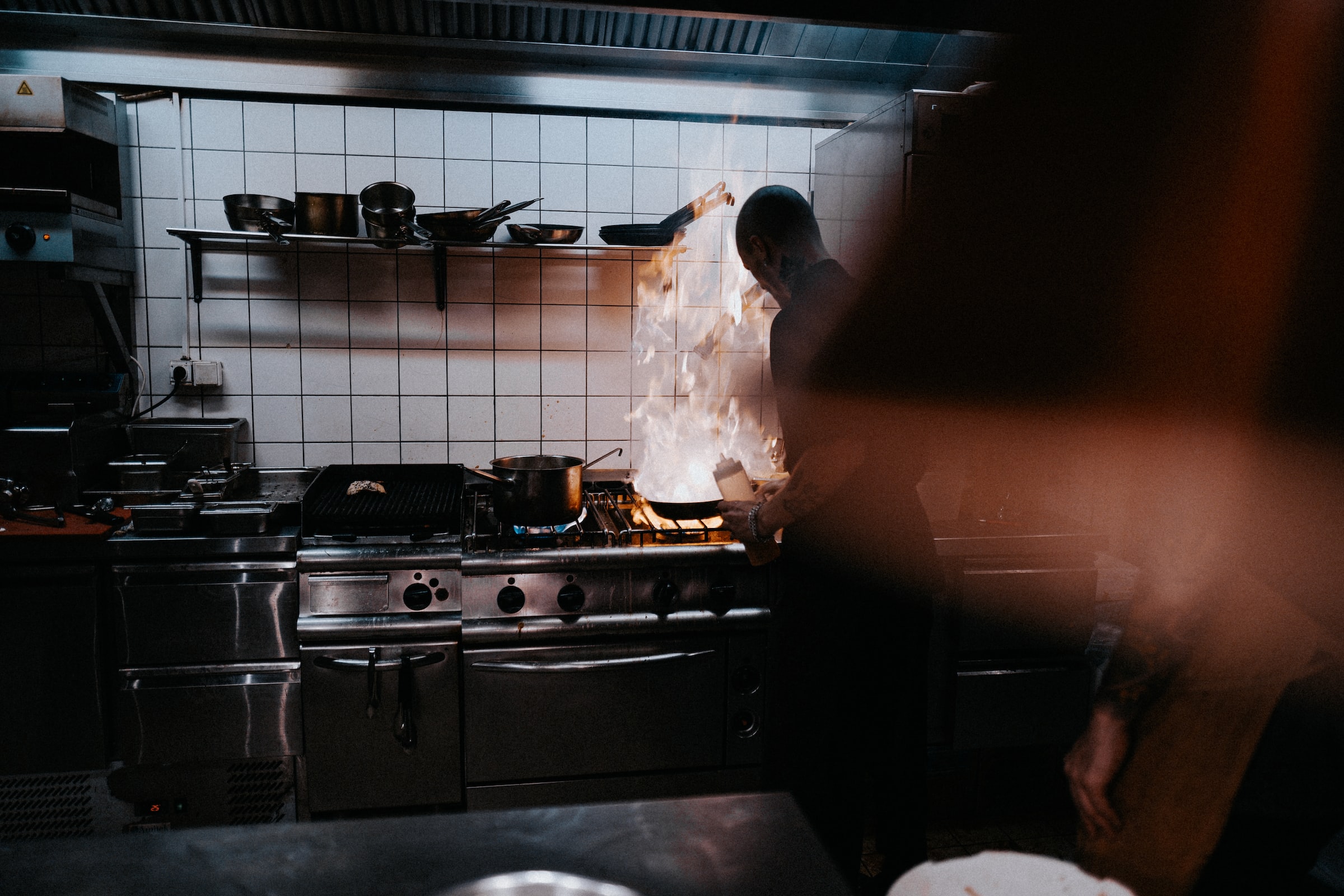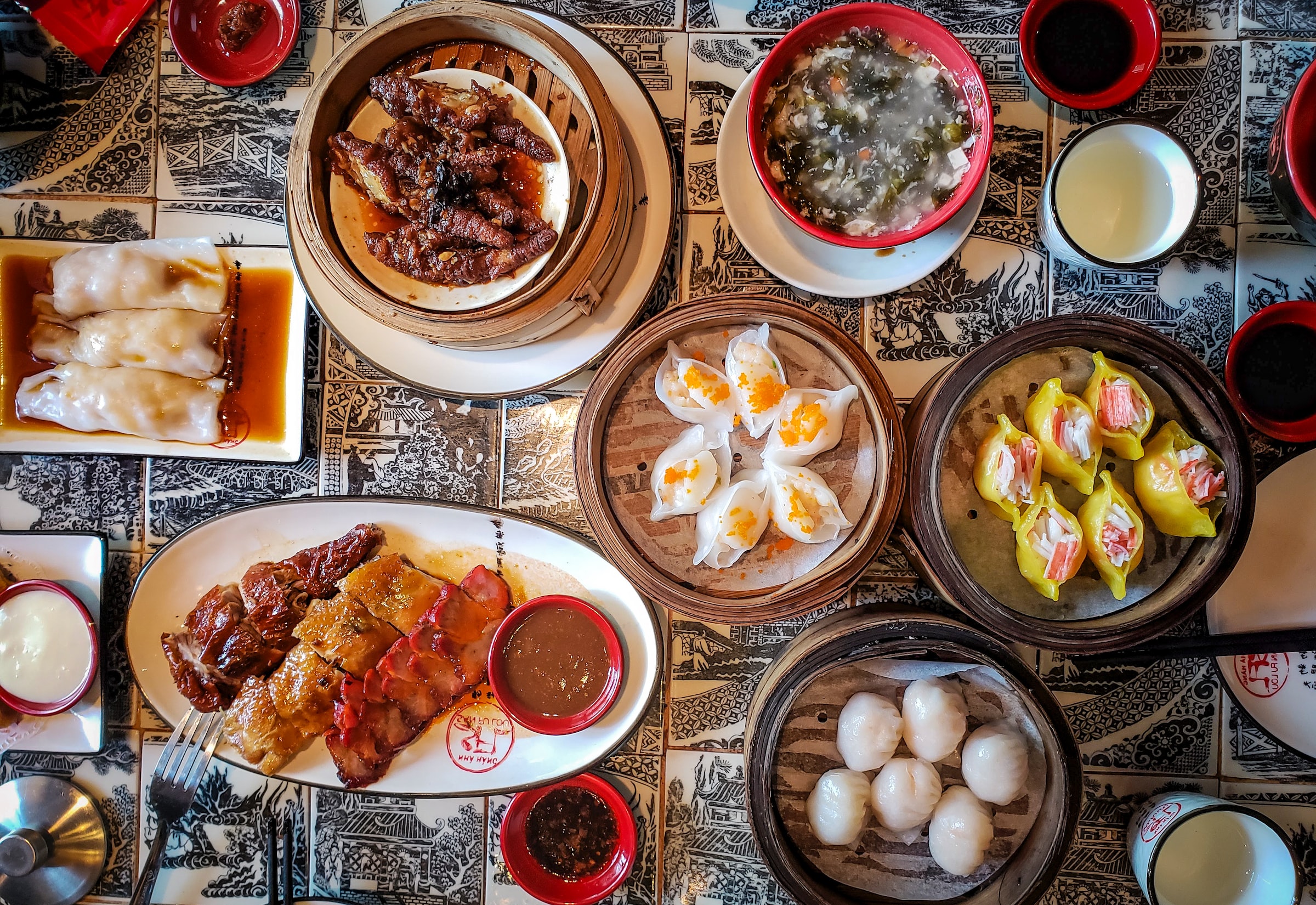Asia is one of the continents with an ancestral cuisine that has lasted for thousands of years. Unlike other countries, China, Japan and Thailand have managed to preserve their gastronomy. So, without further ado, let’s
Asia is one of the continents with an ancestral cuisine that has lasted for thousands of years. Unlike other countries, China, Japan and Thailand have managed to preserve their gastronomy. So, without further ado, let’s dive into this blog and learn some of the differences between Thai, Japanese and Chinese cuisine!
Thai, Japanese and Chinese cuisine: how to tell the difference?

Many amateur cooks often confuse Thai, Japanese and Chinese cuisine. But the difference is huge!
Chinese cuisine vs. Japanese cuisine
These two gastronomies are the most difficult to differentiate. Keep in mind that Japanese food is lighter than Chinese food. You can find raw vegetables with light sauces in Japanese cuisine. This is not often the case in Chinese cuisine. Indeed, Chinese food is made of fried food… a lot of fried food.
Chinese food is less healthy than Japanese food. This is quite normal since Japanese people eat their food in its raw state. It is, for example, the case of sushi which consists in eating raw fish. This is a dish that is both complete and simple. On the other hand, the Chinese use their traditional wok during the preparation of their dishes. This element allows you to cook food in a very fast way and at high heat.
Thai gastronomy
For your information, Thai cuisine is the spiciest of all Asian cuisines. This gives a strong taste to their dishes, even if they are only lightly cooked. But it’s not just the seasoning! Thai gastronomy is the one that is most inspired by Japanese and Chinese cuisine. That’s why you can’t easily tell the difference. In other words, we can say that Thai cuisine is a mixture of Malaysian, Burmese, Chinese, Vietnamese and Japanese influences.
Green tea or black tea… Red meat or white meat?
You must know that Asians are tea lovers. This one is drunk after each meal because it facilitates digestion. Chinese are fans of black tea, while the Japanese love to drink green tea. The Japanese like to eat raw food and prefer beef, chicken and fish. The Chinese, on the other hand, enjoy pork.
What are the traditional Asian dishes?

Each country (China, Japan and Thailand) has its traditional dishes:
Chinese dishes
Peking duck and Cantonese rice are both typical Chinese dishes. But these are only examples! Indeed, China has both very varied food and many other specialties.
Japanese dishes
Japanese gastronomy is less rich in fat. Like China, this country also has very tasty dishes. Here are some examples:
-
- Sushi: one of the many Japanese specialties;
-
- Japanese fondue;
-
- Shabu-shabu: a dish that looks like the classic fondue. Only, it is much more dietetic.
Thai dishes
You have certainly already heard of the vegetable curry… A 100% Thai specialty which is more and more appreciated in several European countries, especially in England and France. The same goes for extremely spicy shrimp noodles. You will also succumb to the taste of Tom Kha or Tom Yum. These are soups that are prepared with lemon.
Pad Thai

The Thai government popularized Pad Thai following the economic recession that followed World War II. The stated purpose was to reduce the domestic demand for the country’s star grain: rice. Today, Pad Thai is probably the most famous Thai dish in the West and is very popular in Thailand.
This dish is cooked with rice pasta that the cook sautés, depending on the variant, with fresh shrimp, eggs, and various spices and sprouts. A simple dish to make in a few minutes, you can taste pad thai almost everywhere where you can find street food in Thailand.
Sound off in the comments section below, and tell us what you want to read next and if you want to read more about East Asian Cuisine.

